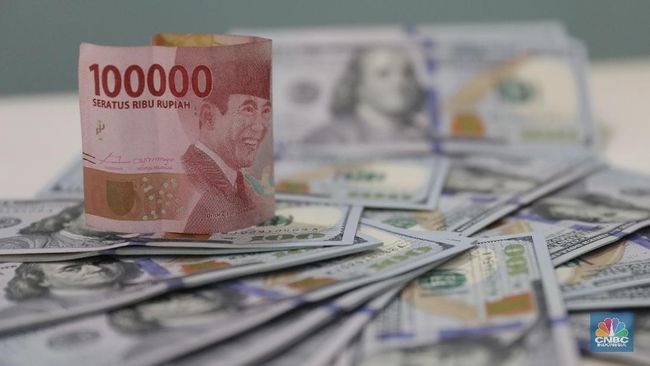NEW YORK – Amid a $ 12 billion deficit and a pandemic-spawned budget crisis, the Metropolitan Transportation Authority is considering a proposal to lay off more than 9,000 employees and make drastic cuts in subway service, according to sources.
There have been no details about the plans yet, but sources said up to 9,400 MTA workers could lose their jobs as part of the proposal, in addition to the cuts to the subway. The MTA Board is expected to discuss the cost savings plan on Wednesday and vote on it in December.
The MTA did not deny that the cuts might be occurring or that they were being considered, but only said that the agency “would be forced to enact cuts and draconic layoffs” if they did not receive $ 12 billion in federal emergency funding.
“As we are required to enact a balanced budget and the feds have yet to act on another COVID-19 relief package that would aid mass transit, we are moving forward hoping for the best but preparing for the worst,” said MTA spokesman Ken Lovett. . “If federal aid comes in that amount, we will adjust our spending plan accordingly.”
The idea of possible massive cuts is not entirely new, as MTA President Pat Foye said in October that major budget-saving measures could be decided around this time.
Our estimate, if we were to make the service cuts that we described a couple of months ago, up to 50 percent on Long Island Rail Road and Metro-North, up to 40 percent on subways and buses, lay off about 8,000 people. ” Foye told WCBS 880’s Steve Scott in an appearance in October.
“Nobody in the MTA wants to do this, and frankly, it’s in the interest of the New York City regional economy, but also the national economy, that we get this funding, as the New York economy accounts for about 10 percent. percent of economic activity across the county, “Foye said at the time.
The MTA received $ 4 billion from the federal government earlier this year, but has requested an additional $ 12 billion. It is unclear if additional money for transit assistance will be included in future COVID-19 stimulus bills.
New York’s motorists and transit users are already facing fare and toll increases next year. Tolls and fees are set to rise 4 percent in both years, New York State Comptroller Thomas DiNapoli said last month.
Failure to address the issue “would mark the end of regional public transportation as we know it,” DiNapoli said.
Passenger numbers plummeted more than 90 percent on the subway during the height of the pandemic, and riders have only started to return slowly in recent months. Metro ridership remains below 70 percent compared to pre-pandemic levels, well below the MTA’s projections from several months ago. Traffic on toll bridges and tunnels also dropped considerably.
The number of subway passengers exceeds 5 million per day during normal hours.
“Any projection is problematic at this point,” DiNapoli said, referring to the number of public transportation passengers. “But the general expectation is that you won’t see a return to pre-pandemic levels until 2023. And that’s obviously a big ‘yes’. Much remains to be determined.”
Even if normal passenger numbers return by 2023, the MTA still projects budget deficits totaling more than $ 19 billion through 2024, according to the DiNapoli report. Included in that is a projected deficit of $ 6.3 billion in 2021, which would be more than 50 percent of total revenue. The report called the gaps “historical in nature.”
Projected rate and toll increases would raise $ 145 million in 2021 and rise to $ 650 million by 2024, according to the report.
Increased cleaning and disinfection of the subway, train and bus systems, which has included the rare step of closing subways overnight, is costing the MTA about $ 1 billion in unplanned spending, DiNapoli said. He did not have an estimate of how much the MTA is saving from the night closings, but said the savings are likely to be outweighed by cleanup costs.
– .


